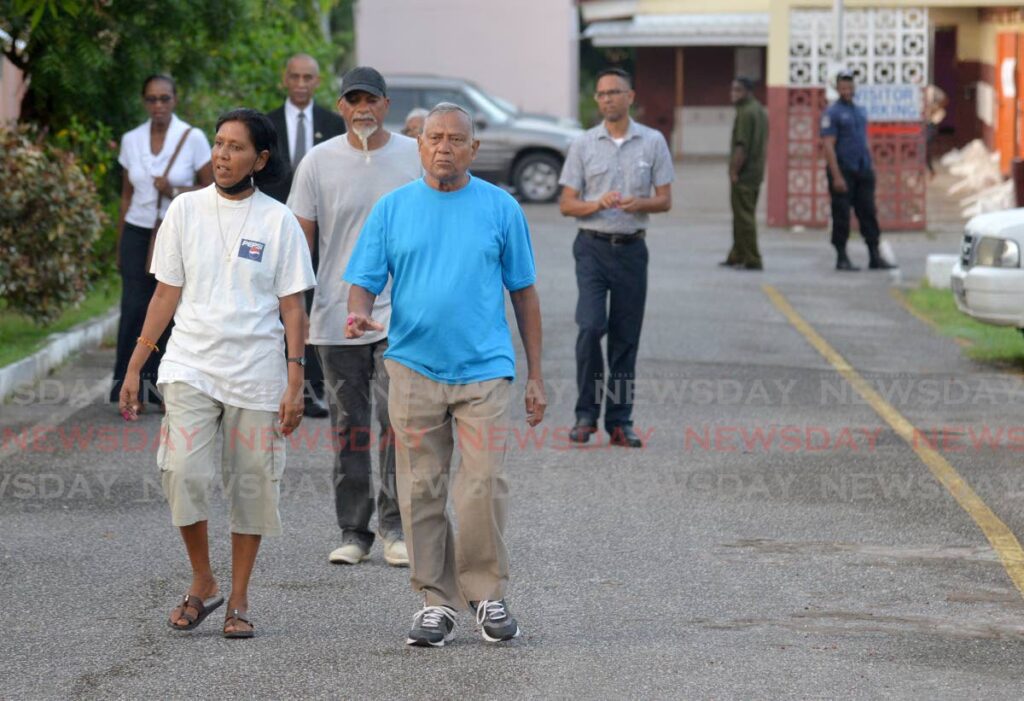Will reform fix disparities in local government?

THE EDITOR: In the context of Trinidad's political landscape, the local government elections (LGE) of 2019 revealed some distinct disparities between the UNC corporations and the PNM.
Geographically speaking, the UNC corporations dominated the landmass, representing a whopping 81 per cent, leaving only 19 per cent for the PNM.
Fast-forward to 2023: the status quo remained unchanged.
This extensive landmass, characterised by two plains and three swampy lagoons, poses significant developmental challenges. The infrastructure deficit in these areas significantly impacts the quality of life, with residents often facing a lack of basic amenities, connectivity and development opportunities.
The LGE 2019 showcased a tight race, with the UNC amassing 541,499 votes against PNM's 538,477.
According to the Central Statistical Office's 2011 data, this translated to UNC representing 51 per cent of the total population, with the PNM close behind at 49 per cent.
Interestingly, despite the vast difference in land mass, UNC areas encompassed 65 electoral districts compared to the PNM's 74 out of a total of 139 districts.
By 2023, this figure grew modestly from 139 to 141 districts. Moreover, the average size of an electoral district in PNM areas stood at 1,273, contrasting starkly with UNC's expansive 6,015.
Funding for local government bodies originates from Parliament's annual appropriations, channelled through the Ministry of Rural Development and Local Government. However, a persisting issue revolves around the ambiguity of the allocation formula, which remains enigmatic.
For the financial year 2022/2023, the UNC-controlled corporations received 36 per cent of the recurrent allocation, whereas PNM secured 61 per cent. Upon examining the PSIP budget of 2023, the disparity continued, with UNC receiving 39 per cent against PNM's 61 per cent. This trend persisted in specific budgetary areas, such as drainage and roads.
Moreover, state agencies like Udecott, Ministry of Works and Transport, and WASA seemed to favour PNM locations in their work programmes.
A juxtaposition of the recurrent allocations of 2022 and 2023 with the 2011 population data revealed an overall average net increase of two per cent. Notably, UNC saw a net increase of nine per cent, while PNM experienced a significant surge of 22 per cent.
Mayaro/Rio Claro Regional Corporation (MRCRC) – one of Trinidad's largest municipalities, encapsulating 17.6 per cent of the country's land mass – warrants attention. Despite boasting a vast road network and numerous bridges, it grapples with challenges such as prevalent poverty, water shortages and infrastructure inadequacies.
Financial allocations for MRCRC showed a discernible decrease over the years. For instance, the recurrent allocation, which was $109 million in 2015, dwindled to a mere $62 million by 2023. Such a decline inevitably results in infrastructure deterioration and curtails essential services, further hampering business and employment prospects.
Looking forward, with the looming responsibilities expected under the reform package, one hopes for a fair adjustment in the upcoming budget to address these disparities and ensure balanced development across Trinidad.
RUSHTON PARAY, MP
Mayaro


Comments
"Will reform fix disparities in local government?"